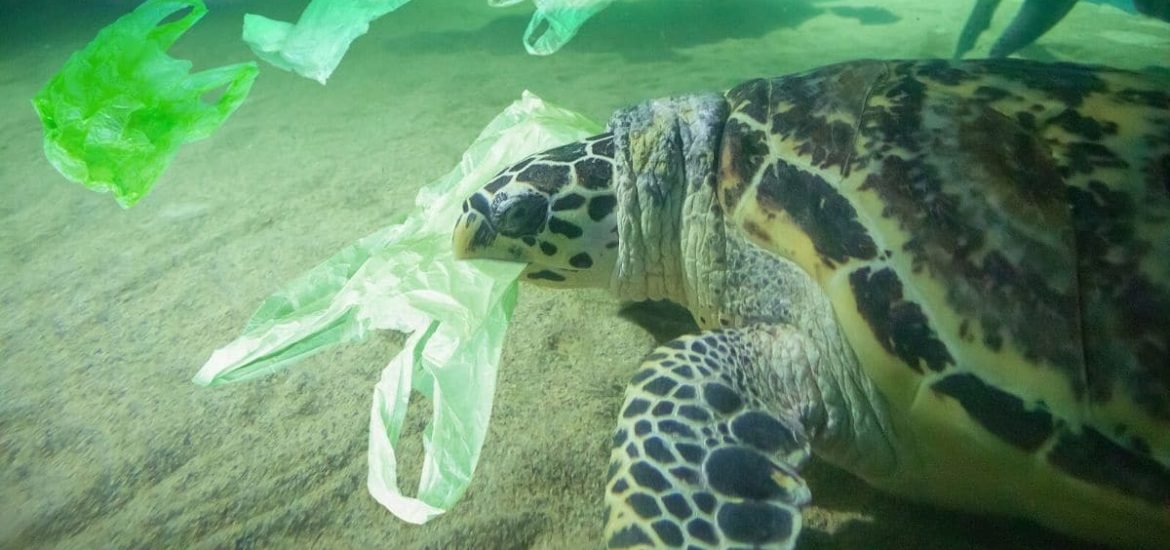
A new study might explain why sea turtles ingest so much plastic. The findings, published on 9 March in Current Biology, provide evidence that the turtles mistake the smell of plastics for that of food (1).
Whereas clean plastics in your house might not give off much of a scent, plastics in the ocean that become colonized by algae and other microscopic ocean life release smelly volatile compounds such as dimethyl sulfide. And as it turns out, this so-called biofouling process may cause turtles to mistake the marine-conditioned plastic debris with food.
Scientists previously hypothesised that turtles might be attracted to plastic simply because of the way it looks. For instance, a floating plastic bag can resemble a jellyfish causing a turtle to mistake it for prey. However, Pfaller and colleagues wondered if there might be more to it than that. Until now, very little was known about the olfactory senses of the turtle that might be attracting these unsuspecting sea creatures to plastic.
To uncover the mystery, the team of researchers enlisted the help of 15 young, captive-reared loggerhead turtles. Turtles typically stay underwater for four to five minutes at a time, coming up to the surface only briefly to exchange oxygen. And they also use this method to smell out their next meal.
Armed with this knowledge, the scientists wafted a series of airborne odorants, including turtle food (containing fish and shrimp meal) and marine-conditioned plastic, as well as deionised water and clean plastic, above an experimental tank and observed the turtles’ responses.
They expected the turtles to respond to the smell of food much more intensely. But instead, the responses to biofouled plastic and turtle food were pretty much the same, i.e., keeping their nares — external nostrils — out of the water more than three times longer compared to the controls.
This could be a major reason sea turtles end up eating and becoming tangled in plastic — because they smell it out, just like they smell out food.
Lead author Joseph Pfaller of the University of Florida explained: “We found that loggerhead sea turtles respond to odors from biofouled plastics in the same way they respond to food odorants, suggesting that turtles may be attracted to plastic debris not only by the way it looks, but by the way it smells.”
“This ‘olfactory trap’ might help explain why sea turtles ingest and become entangled in plastic so frequently.”
What does this mean for unsuspecting turtles?
Further studies are still needed to identify which chemicals emanating from plastics are responsible for this heightened response. Notwithstanding, the new findings suggest that all types of plastic are dangerous for sea turtles and other marine animals.
“The plastic problem in the ocean is more complex than plastic bags that look like jellyfish or the errant straw stuck in a turtle’s nose,” says Pfaller. “These are important and troubling pieces to the puzzle, and all plastics pose dangers to turtles”.
(1) Pfaller, J.B. et al. Odors from marine plastic debris elicit foraging behavior in sea turtles. Current Biology (2020). DOI: 10.1016/j.cub.2020.01.071
no